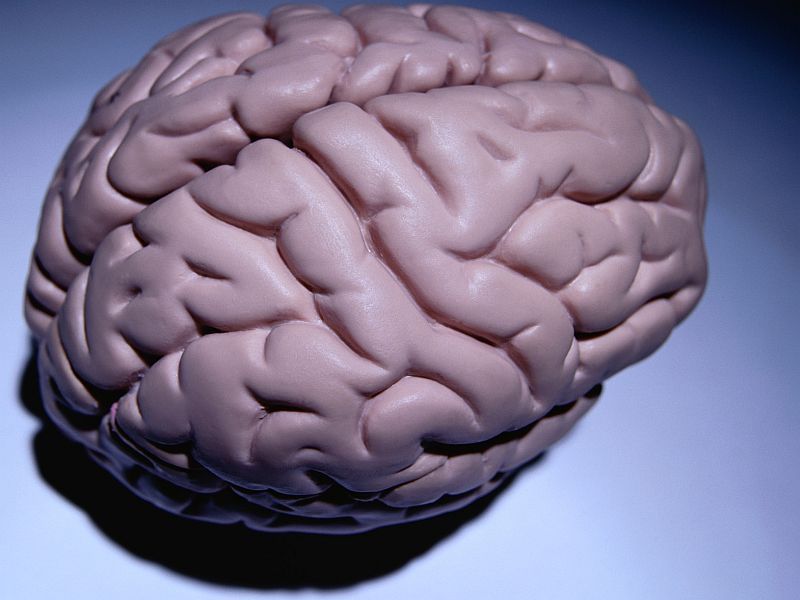FRIDAY, Feb. 19, 2021 (HealthDay News) — White matter damage in the brains of adults with frontotemporal dementia is even greater than that seen in Alzheimer’s disease patients, a new study shows.
Frontotemporal dementia often affects people younger than 65, mainly causing personality and behavior changes and problems with language, rather than memory. The researchers assessed areas of brain damage called white matter hyperintensities, commonly associated with vascular health problems and Alzheimer’s disease.
“We were expecting to see similar amounts of white matter hyperintensities in frontotemporal dementia and Alzheimer’s disease, but we actually found higher levels in people with frontotemporal dementia,” said study author Ramón Landin-Romero, from the University of Sydney in Australia.
His team tracked 64 people with frontotemporal dementia, 65 people with Alzheimer’s disease and a control group of 66 healthy people without dementia. The participants had brain scans and other tests, and were followed for an average of two years.
Autopsy results were available for 13 of the people with frontotemporal dementia and five of the Alzheimer’s patients.
The total volume of white matter hyperintensities was larger in people with frontotemporal dementia than in Alzheimer’s disease patients or in the control group, according to the study published online Feb. 17 in the journal Neurology.
“We also expected to see that people with more severe disease would have more white matter hyperintensities, regardless of disease, but that was only true in people with frontotemporal dementia,” Landin-Romero said in a journal news release.
The average volume of white matter hyperintensities in people with frontotemporal dementia was 0.76 milliliters (mL) compared to 0.40 mL in Alzheimer’s patients and 0.12 mL in the control group.
In people with frontotemporal dementia, the amount of white matter hyperintensities was associated with the severity of both their symptoms and everyday difficulties, but was not associated with vascular risk factors such as high blood pressure and high cholesterol.
“In general, white matter hyperintensities have been associated with these vascular risk factors, so these results suggest that white matter hyperintensities are partly independent of vascular factors and associated with the progressive loss of brain integrity, more specifically the loss of brain cells, due to frontotemporal dementia,” Landin-Romero said.
“White matter hyperintensities should be viewed as a core feature of frontotemporal dementia and Alzheimer’s disease that can contribute to cognitive problems, not simply a marker of vascular disease,” he said.
More information
The Alzheimer’s Association has more on frontotemporal dementia.
SOURCE: Neurology, news release, Feb. 17, 2021
Copyright © 2025 HealthDay. All rights reserved.

